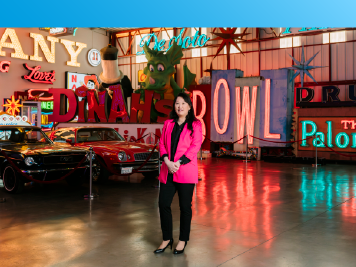Another misconception people have about charging EVs is the idea that you have to charge the vehicle to 100%. This can take hours at a Level 2 station or up to an hour at a fast charger, depending on the car model and battery capacity. But that habit is an outdated remnant of “fill’er up” gas station culture, where you also went into the station to pay an attendant.
In actual practice, EV charging proves quite different. For the battery’s health, drivers should charge only to 80% for everyday driving. Topping the “tank” off is really not good for an EV. Additionally, drivers no longer need to go into a gas station. The vast majority of chargers today do not have a station or attendant. All of the transactions are done via an app or the payment screen on the station. The FLO app allows online payments, charging updates, and 24/7 customer support, and the app’s trip planning feature can help predict when and where you may need to stop to charge so that you can go on to reach your destinations. “It’s really unusual to stop at zero—at just the fume of the electrons,” Tremblay jests.
Meanwhile, when it comes to newer generations of car batteries and fast chargers, most will get all the charge you need in roughly the time it takes to use the restroom and wipe your windshield—especially if you’re using one of FLO’s newer ultra-fast chargers.
“In 15 minutes today, we can charge a car at 80%,” Tremblay says. In other words, enough juice to go another 200 miles or more. Little wonder why most of the time you won’t bother to charge even 15 minutes, he says, rather, “just for what you need to get to your destination.” Meaning, for most drivers, switching to electric vehicles will mean spending less, not more time, stopping to refuel—just a cherry on top when you’re helping to save the environment.
Now 20 years on, even as the Kyoto Protocol has been superseded by the Paris Accords, Tremblay sticks with Kyoto’s original target date as a guidepost for FLO’s long-term growth. Because back in 2009, he wasn’t just thinking ahead, he was thinking far ahead to 2050. He understood that electric vehicle adoption was a project measured in decades, not years, and that building the infrastructure required for a gas-free future would take uncommon patience and perseverance.
So, it’s impressive that, at the same time, Tremblay has managed to maintain a passion for fighting climate change, as well as a sense of urgency. “Because 2050 is tomorrow,” he says, “and we need everyone to be engaged toward this objective.”



